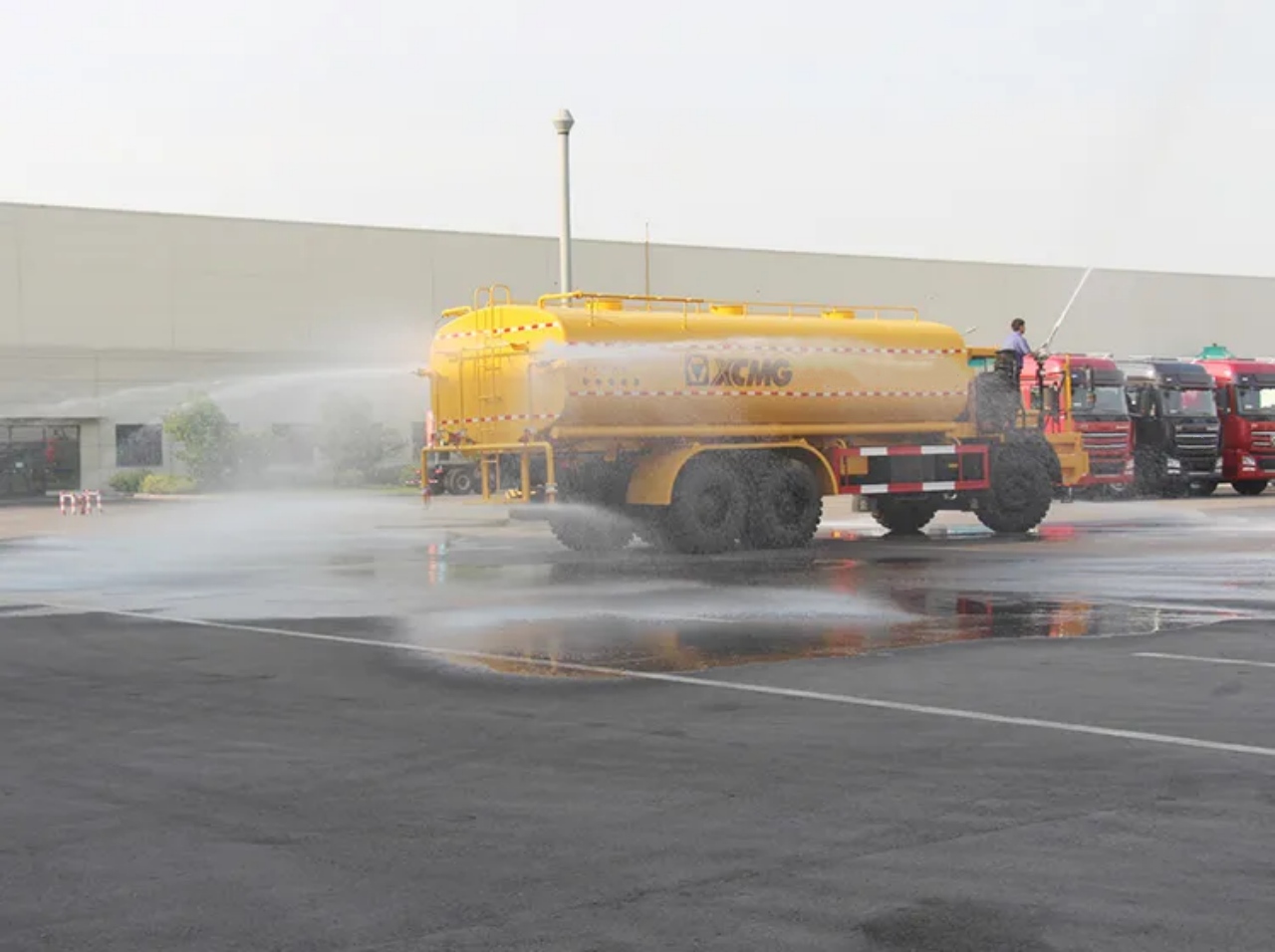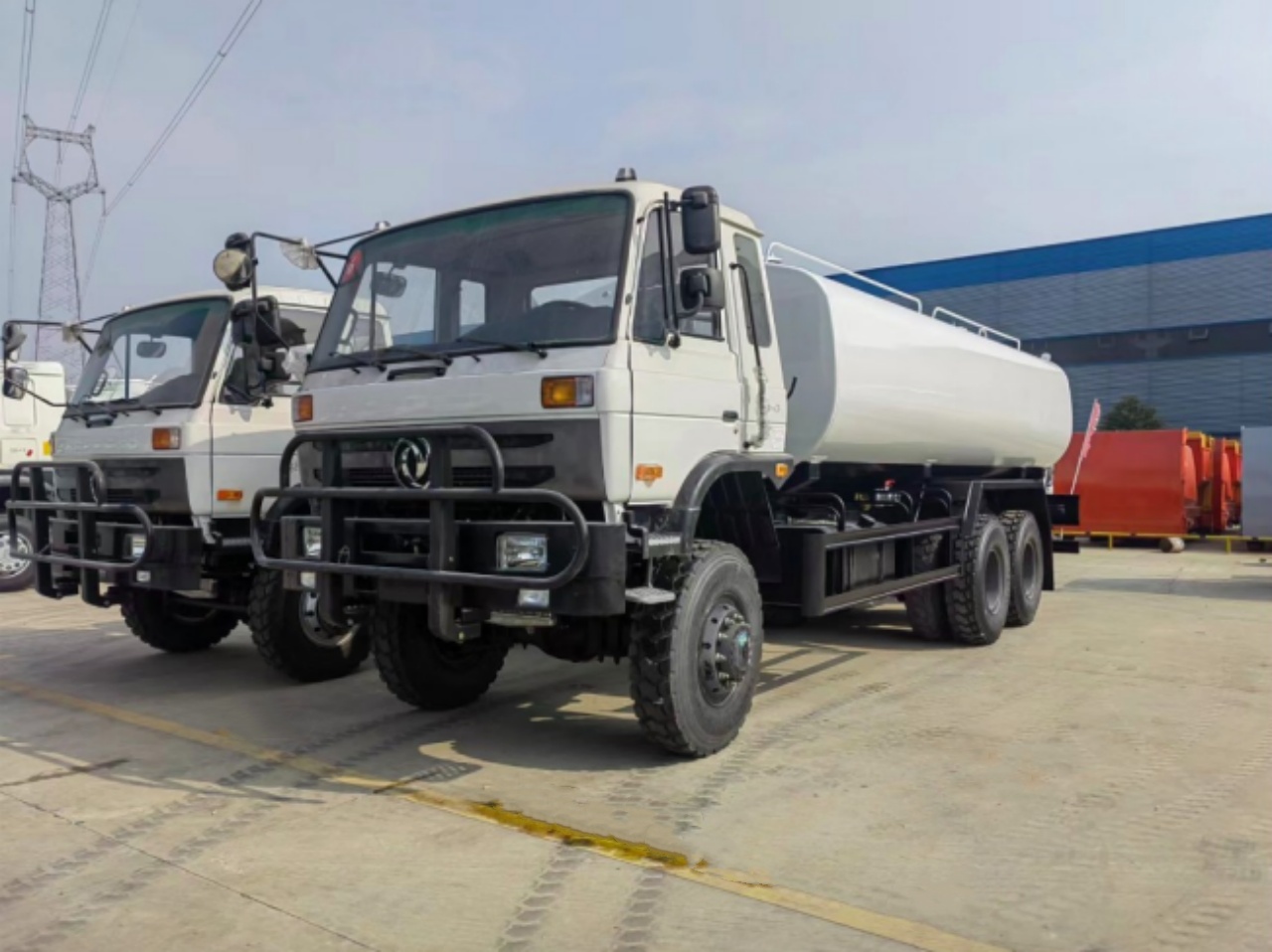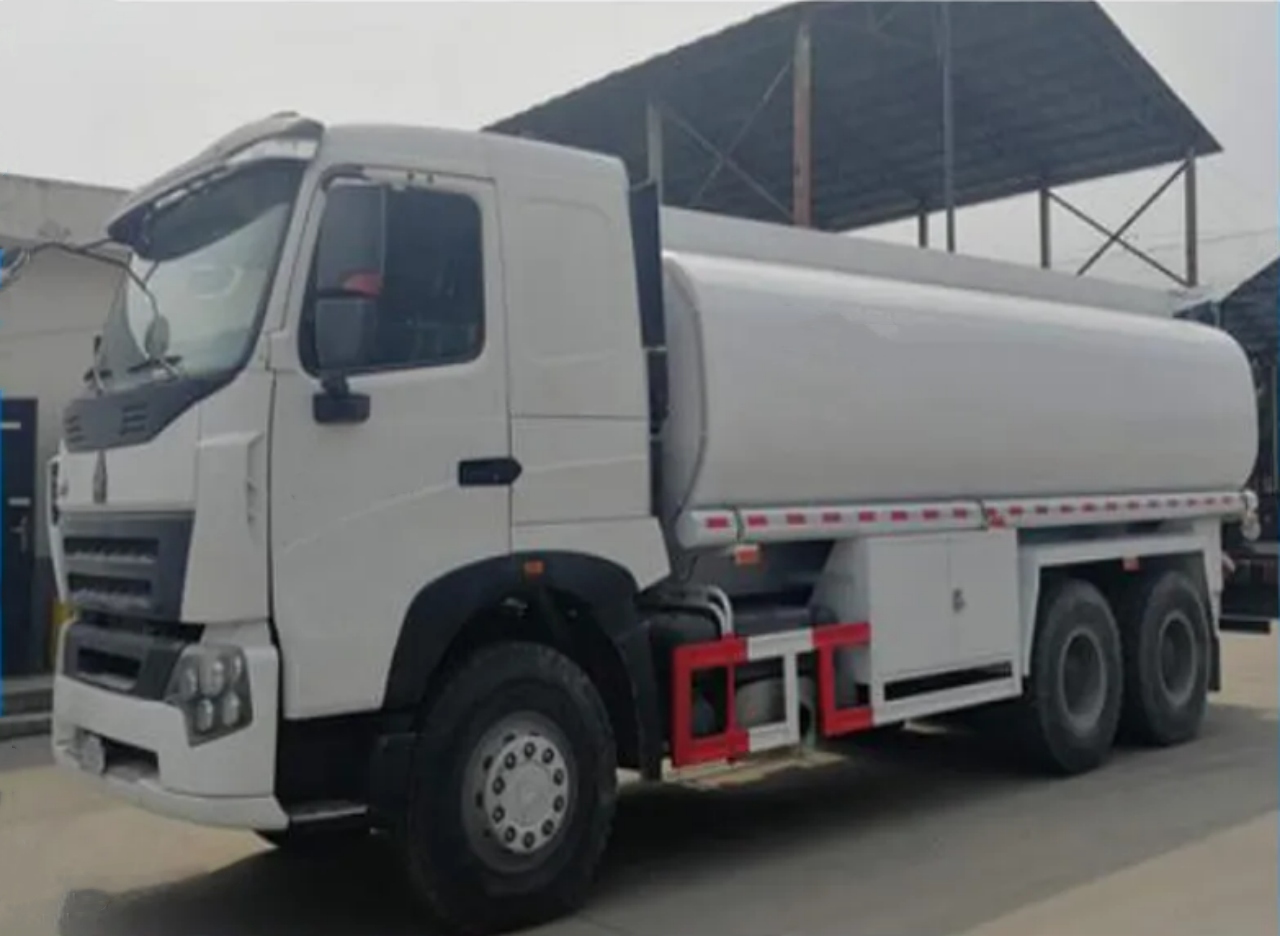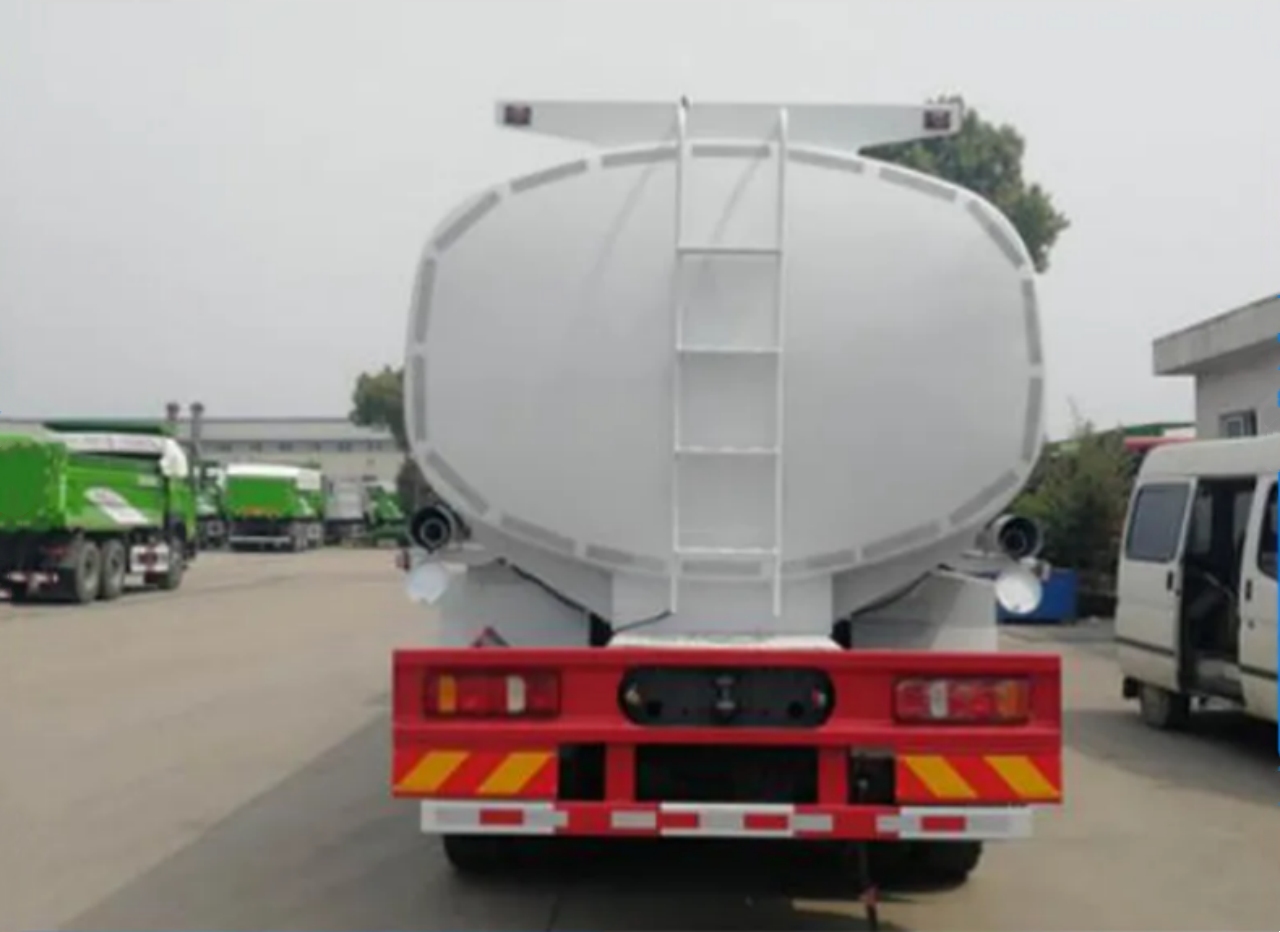Water tanker trucks are essential vehicles used across various industries and environments, ranging from agriculture and construction to firefighting and municipal services. Their primary role is to transport and distribute large volumes of water efficiently. The size of a water tanker truck varies greatly depending on its intended use, the terrain it operates on, and regulatory constraints in different regions. In this article, we will explore the dimensions, capacities, and configurations of water tanker trucks, helping readers understand just how big these vehicles can be.
1. Purpose Determines Size
The size of a water tanker truck is largely influenced by its purpose. A truck used to water plants in urban landscaping, for instance, will be significantly smaller than one designed to supply water to a remote mining site or to fight wildfires. Here are a few primary applications that dictate the size of the truck:
- Municipal Use: Street cleaning, park maintenance, and dust control usually require medium-sized tankers with maneuverability for urban environments.
- Construction Sites: Dust suppression and soil compaction demand large-capacity tankers that can cover extensive areas.
- Agriculture: Irrigation and livestock water supply often involve medium to large trucks, depending on farm size.
- Disaster Relief and Firefighting: Emergency water delivery may require high-capacity trucks capable of rapid deployment and refilling.
2. Tank Capacity: How Many Gallons or Liters?
One of the best ways to describe the size of a water tanker truck is by its tank capacity, typically measured in gallons or liters. The range is quite broad:
| Tanker Type | Capacity (Gallons) | Capacity (Liters) |
|---|---|---|
| Small Tankers | 500 – 1,000 gallons | 1,900 – 3,800 liters |
| Medium Tankers | 1,000 – 3,000 gallons | 3,800 – 11,300 liters |
| Large Tankers | 4,000 – 10,000+ gallons | 15,000 – 38,000+ liters |
- Small Tankers are typically mounted on light-duty chassis (like Isuzu NPR or Ford F-450), useful in confined urban spaces or for small-scale irrigation.
- Medium Tankers are common in municipal or general construction use, often mounted on 2-axle or 3-axle trucks like Hino 500 or HOWO 6×4.
- Large Tankers can be semi-trailers or rigid-body trucks with multiple axles. These are suited for long-distance hauling or intensive industrial applications.
3. Physical Dimensions
The external dimensions of a water tanker truck also vary by its class and configuration. Here’s a general guide:
- Length: 15 to 40 feet (4.5 to 12 meters)
- Width: 7.5 to 8.5 feet (2.3 to 2.6 meters)
- Height: 8 to 12 feet (2.4 to 3.7 meters)
Larger tankers, especially articulated ones (semi-trailers), can be over 40 feet in length. However, legal road limits often restrict the width and height of tankers to ensure safe travel on public roads.
4. Chassis and Configuration
Water tankers are typically categorized into 2 main types based on how they are built:
- Rigid Tank Trucks: These consist of a single unit where the tank is mounted directly onto the truck’s frame. They are more maneuverable and are ideal for cities and smaller job sites.
- Semi-Trailer Tankers: These have a detachable tank trailer and are pulled by a tractor unit. They can carry much larger loads, making them perfect for bulk transport over long distances.
In terms of axle configurations:
- 4×2 and 4×4: Used for light-duty and off-road conditions.
- 6×4 and 8×4: Used for medium to heavy-duty applications.
- 6×6 or 8×8: All-wheel-drive models used in extreme terrains such as deserts, forests, or mountainous regions.
5. Material and Construction of the Tank
Tank material also affects the truck’s size and weight. Common materials include:
- Carbon Steel: Durable and cost-effective, suitable for non-potable water.
- Stainless Steel: Corrosion-resistant, often used for potable water.
- Polyethylene or Fiberglass: Lightweight options for smaller trucks or specialty use.
The tank’s shape (cylindrical, elliptical, or D-shaped) impacts how much water it can carry and how the weight is distributed across the chassis.
6. Weight Considerations
The Gross Vehicle Weight Rating (GVWR) of a water tanker truck includes the weight of the truck, tank, water, and equipment. Water is heavy — about 8.34 pounds per gallon (1 kilogram per liter). A fully loaded 4,000-gallon truck, for example, carries over 33,000 pounds (15,000 kilograms) of water alone.
GVWRs can range from:
- 10,000 – 26,000 lbs (4,500 – 11,800 kg) for small trucks.
- 26,001 – 66,000+ lbs (11,800 – 30,000+ kg) for medium to large trucks.
Legal load limits vary by country and region, so tank sizes may be adjusted accordingly to comply with road regulations.
7. Specialized Features and Attachments
The size and complexity of a water tanker truck may be increased by the inclusion of:
- Spray bars and nozzles for dust control or street cleaning.
- High-pressure pumps for firefighting or rapid discharge.
- Hose reels and hydrant fittings for filling and distribution.
- Baffles inside the tank reduce sloshing and improve vehicle stability.
These features can make the truck longer or taller and add to its operational weight.
8. Global Variations in Size
Water tanker trucks differ across the world based on infrastructure and regulatory environments. For example:
- North America and Australia often use large semi-trailer water tankers for mining and agriculture.
- Europe typically favors smaller, more maneuverable trucks for use in narrow urban areas.
- Asia and Africa may utilize medium-sized tankers for both municipal and private water delivery due to road conditions and mixed usage.
Conclusion
So, how big is a water tanker truck? The answer depends on its purpose, capacity, and geographic location. They can range from compact 500-gallon units on small chassis to massive 10,000-gallon semi-trailers stretching over 40 feet long. Understanding these variations is crucial for selecting the right water tanker for any job, balancing capacity, mobility, and regulatory compliance.
Whether supplying water to rural communities or keeping city streets dust-free, water tanker trucks are indispensable — and impressively diverse — machines that quite literally carry the weight of modern infrastructure on their wheels.






